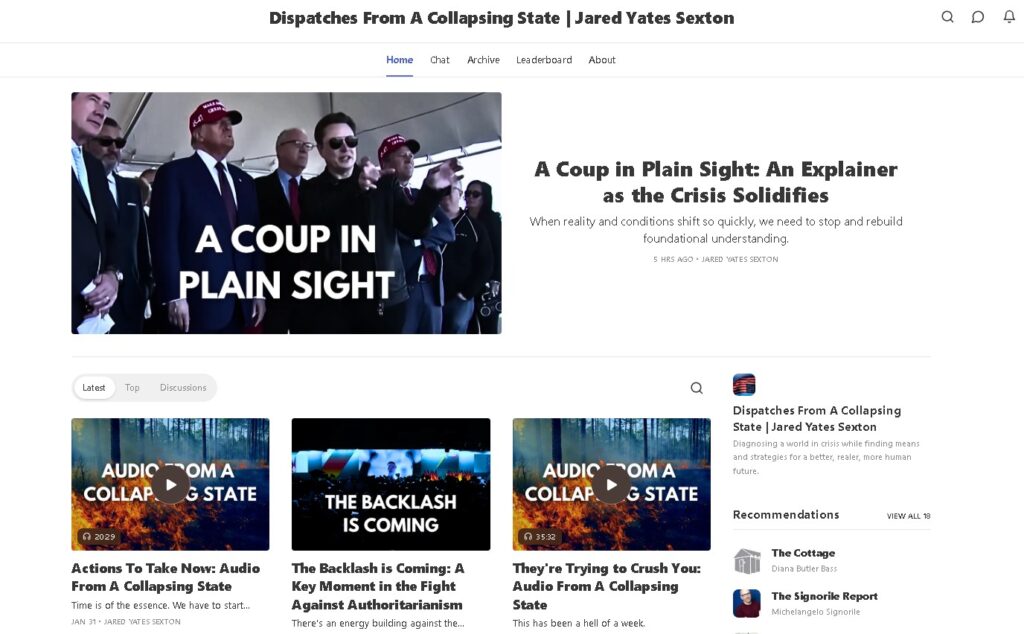While California legislators are calling for immediate closure of the thousands of injection wells illegally dumping oil industry wastewater and enhanced oil recovery fluids into protected groundwater aquifers, regulators with the state’s Division of Oil, Gas and Geothermal Resources (DOGGR) were holding an “Aquifer Exemption Workshop” in Long Beach on Tuesday.
Just 23 out of the 2,500 wells DOGGR officials have acknowledged the agency improperly permitted to operate in aquifers that contain potentially drinkable water have so far been closed down — 11 were closed down last July and 12 more were shut down earlier this month.
Given the urgency of the situation, it certainly does not look good that DOGGR made time to hold a workshop to outline “the data requirements and process for requesting an aquifer exemption under the Safe Drinking Water Act,” when it has given itself a two-year deadline to investigate the thousands more wells illegally operating in groundwater aquifers that should have been protected under the federal Safe Drinking Water Act all along.
Last Friday, state legislators sent Governor Jerry Brown a letter calling for the immediate closure of the wells, writing that “the decision to allow thousands of injection wells to continue pumping potentially hazardous fluids into protected aquifers is reckless.”
And protestors with Californians Against Fracking were outside the Holiday Inn Long Beach Airport on Tuesday to greet DOGGR officials as they showed up for their workshop.
“Instead of this ‘Toxic Dumping for Dummies’ class, Gov. Jerry Brown’s regulators should protect our water from oil waste,” Ash Lauth of Californians Against Fracking said in a statement. “During this devastating drought, oil companies shouldn’t be allowed to use our aquifers as trash dumps for fracking flowback and other dangerous fluids.”
Meanwhile, California’s drought continues unabated and Jay Famiglietti, a senior water scientist with the NASA Jet Propulsion Laboratory/Caltech, penned an op-ed in the LA Times in which he offers this dire prognosis: “Right now the state has only about one year of water supply left in its reservoirs, and our strategic backup supply, groundwater, is rapidly disappearing.”
He expounds on the enormity of the problem: “As our ‘wet’ season draws to a close, it is clear that the paltry rain and snowfall have done almost nothing to alleviate epic drought conditions. January was the driest in California since record-keeping began in 1895. Groundwater and snowpack levels are at all-time lows. We’re not just up a creek without a paddle in California, we’re losing the creek too.”
It could be even worse than that: California might even be fouling what’s left of that creek with toxic and carcinogenic chemicals.
A recent report found that up to half of all new wells in the state are fracked, making fracking fluid an increasingly large component of oil industry wastewater. Several other recent reports have found that fracking flowback contains benzene, toluene, and other cancer-causing chemicals in concentrations well above safe limits.
Following these reports, a coalition of over 150 environmental, health, and public advocacy organizations called on Governor Brown to use his emergency powers to halt fracking in the Golden State.
California is a leader in renewable energy, which makes its commitment to fracked oil all the more perplexing. California became the first state in the union to get more than 5% of its power from large-scale solar installations in 2014, when it produced three times more solar power than its closest competitor, Arizona.
In fact, California is producing so much solar energy that it’s running out of storage capacity — a decidedly better problem to have than running out of places to store toxic oil industry wastewater.
Photos by Kimberley Corliss Gunby
Subscribe to our newsletter
Stay up to date with DeSmog news and alerts








